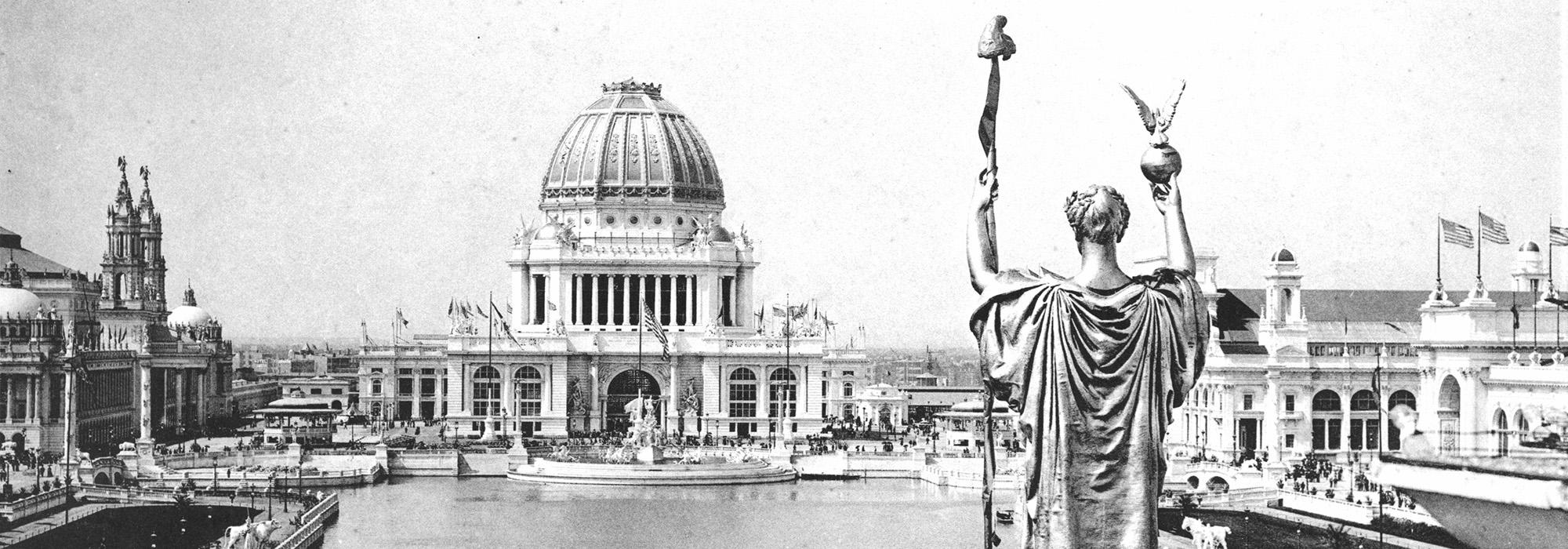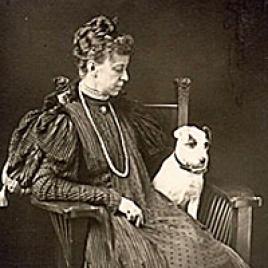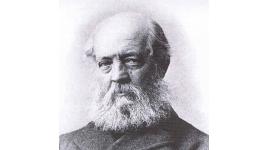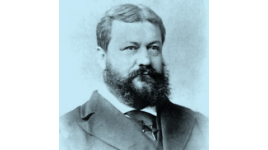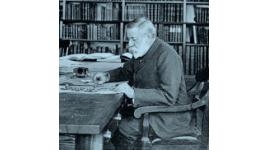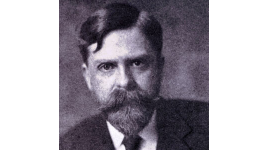Pioneer Information
Born in New York City, Van Rensselaer received her early education from tutors and governesses. She moved with her family to Germany in 1868, remaining there for five years. Van Rensselaer began her writing career in 1876 after returning from Germany to reside in New Jersey. She was a regular correspondent for the American Architect and Building News, an art critic for various New York newspapers including the Independent and the World, and contributed to the American Art Review and Century Magazine. In 1883 Van Rensselaer interviewed Frederick Law Olmsted, Sr., and H.H. Richardson for a Century series on “Recent Architecture in America.” Taking inspiration from Olmsted and Richardson, she encouraged architects to sensitively build according to the nature of the site. Olmsted was among those who convinced her to write Henry Hobson Richardson and His Works (1888) after Richardson’s death. In 1887 Van Rensselaer published a summary of the Olmsted and Vaux “General Plan for the Improvement of the Niagara Reservation” in the Century, and wrote articles and editorials for the journal Garden and Forest. She soon began ten years of focused writing on landscape architecture. In 1893 Van Rensselaer published Art Out-of-Doors, which included her seven-part landscape gardening series and several of her unsigned Garden and Forest editorials. She published a new edition of the volume in 1925, which featured an additional chapter about changes within the field of landscape architecture, which had become more ambitious and versatile, as well as the popularity of automobiles, which were beginning to affect recreation and rural and urban planning. Van Rensselaer passed away at the age of 82 at her home in New York City.



